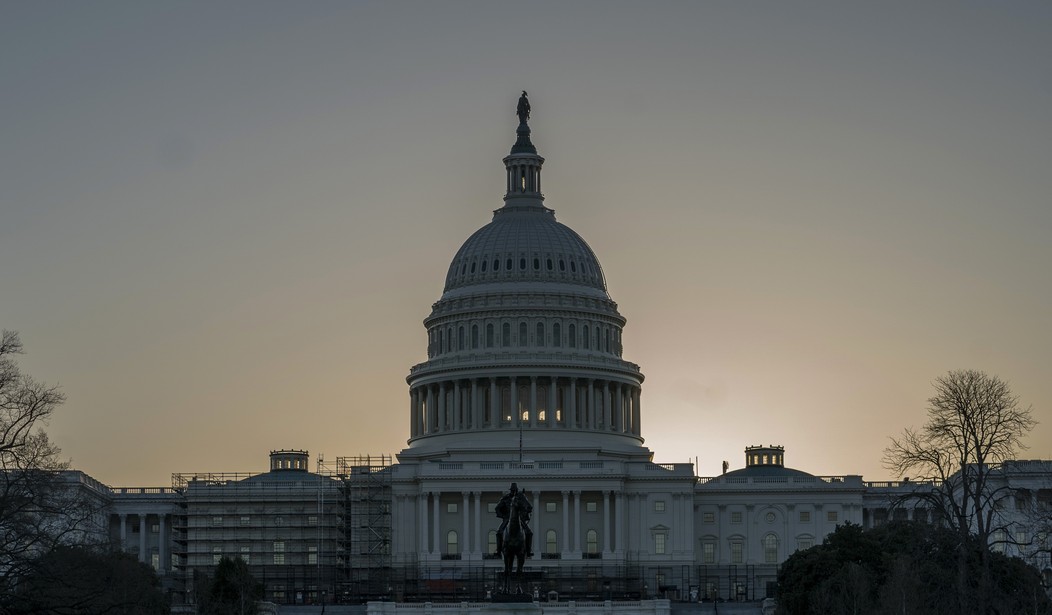The ancient Romans coined the phrase "dog days" based on the period that the brightest star (Sirius, the Dog Star) rose and set in conjunction with the sun. The Romans believed that Sirius radiated heat back to Earth, causing the hottest part of the year as it traveled with the sun.
The "dog days" dates vary based on the source. The Old Farmers' Almanac refers to the 40-day period that begins July 3 and ends Aug. 11. The 1552 Book of Common Prayer refers to the period from July 6 to Aug. 17. Many references extend the "dog days" period into September.
The dog days are popularly believed to be a time of agitation and unruly behavior. In the South, where I am, the weather is hot, stifling and incredibly humid. It's an effort to do anything outdoors that requires physical effort.
In politics, with fewer than 100 days to the midterm elections, political agitation is appearing everywhere. There are protests over the Supreme Court overturning Roe v. Wade. Crime is high in many cities, and high inflation is making it harder for families to make ends meet. Additionally, after the Bureau of Labor Statistics released a second quarter of figures documenting a declining gross domestic product, the White House is attempting to redefine "recession" (historically, two consecutive declining quarters of GDP) in a way that would seem to say we are not in a recession. Dog days, indeed!
As is historically the case, the prospects for success in the midterms are leaning away from the sitting president's party. Currently, Democrats control the White House and the House of Representatives, and they have the winning vote in the 50-50 Senate split, with Vice President Kamala Harris. However, they may soon lose their advantage. All 435 seats in the House of Representatives are up for election, and 34 of the 100 Senate seats are in play.
Recommended
For the House of Representatives, 218 seats are required to hold a majority. RealClearPolitics has 149 of these seats staying on the Democratic side, with another 19 likely and 13 leaning Democratic. If these numbers hold true, this will equal 181 Democratic representatives.
On the Republican side, RealClearPolitics has 181 solid Republican seats, 16 likely and 26 leaning Republican. Victories in all the likely and leaning seats would lead to 223 Republican seats.
Another 31 seats are up for grabs, according to RealClearPolitics. Even if the Democrats were to win all these seats (not likely), they would still be short of a majority. In other words, unless something dramatic happens, the Republicans will take control of the House of Representatives.
On the Senate side, the balance of power will be decided by the races in Arizona, Georgia, New Hampshire, North Carolina, Nevada, Pennsylvania and Wisconsin. Two of these are open elections, meaning no incumbent is running; the rest have an incumbent running to hold onto their seat.
But remember, we are in the dog days, and anything can happen. For proof, just look at what happened in Kansas this week. Kansas has a Democratic governor, two Republican U.S. senators and four U.S. representatives, three of whom are Republicans.
On Tuesday, Kansans voted on a constitutional amendment titled "Value Them Both," which had been passed by the GOP-controlled state legislature. The amendment, which would have made abortion illegal in Kansas, was strongly defeated.
According to the Kansas secretary of state, 463,000 votes were cast in the U.S. Senate Republican primary and 255,000 votes were cast in U.S. Senate Democratic primary -- for a total of 718,000 voters. The amendment drew a total of 909,000 voters, with 375,000 voting for it and 534,000 voting against it. The amendment was a large draw for the state's independent voters.
Democratic strategist James Carville gave his advice to Democrats in a tweet: "Huge win in Kansas? Warning to Dem campaigns don't become Johnny one note -- there are other issues folks care about." Yes, voters care about inflation, the economy and the poor performance of the current administration, but they also care about the Supreme Court decision.
In any event, if the Republicans do carry the House, we will have a divided government, with Republicans in control of the House, where spending and appropriations bills start, and Democrat Joe Biden in the White House. Expect little to be accomplished during the next two years, which for many people might be a welcome change.

























Join the conversation as a VIP Member